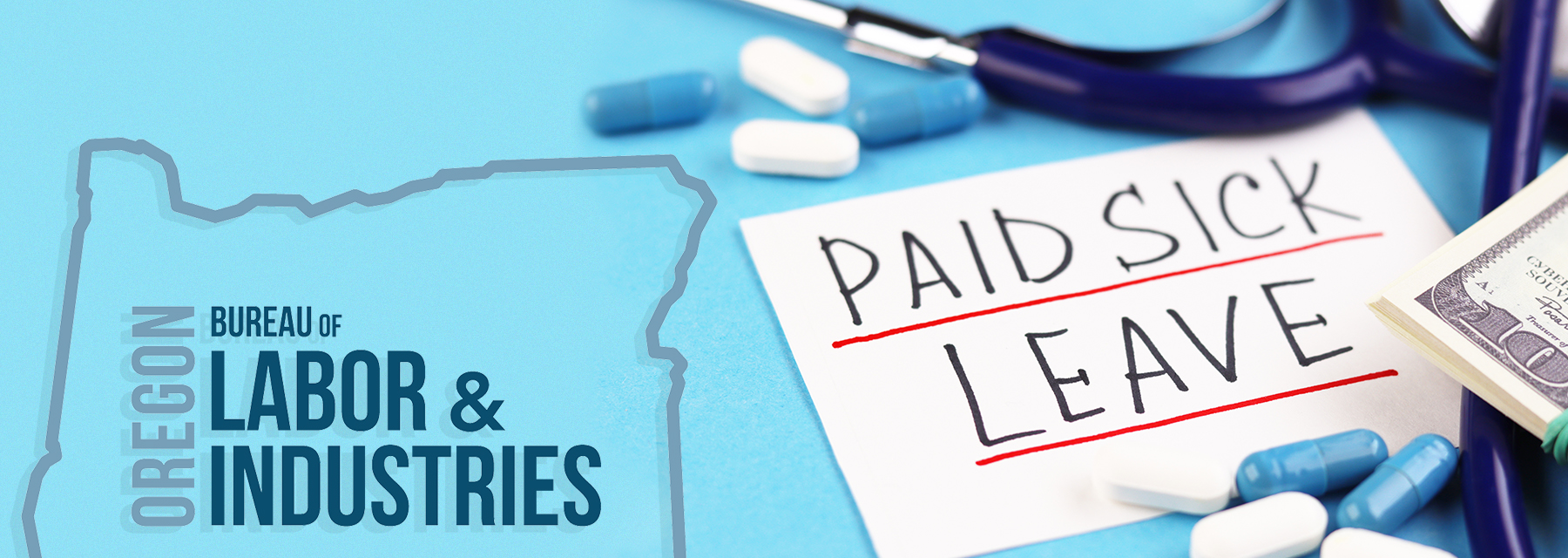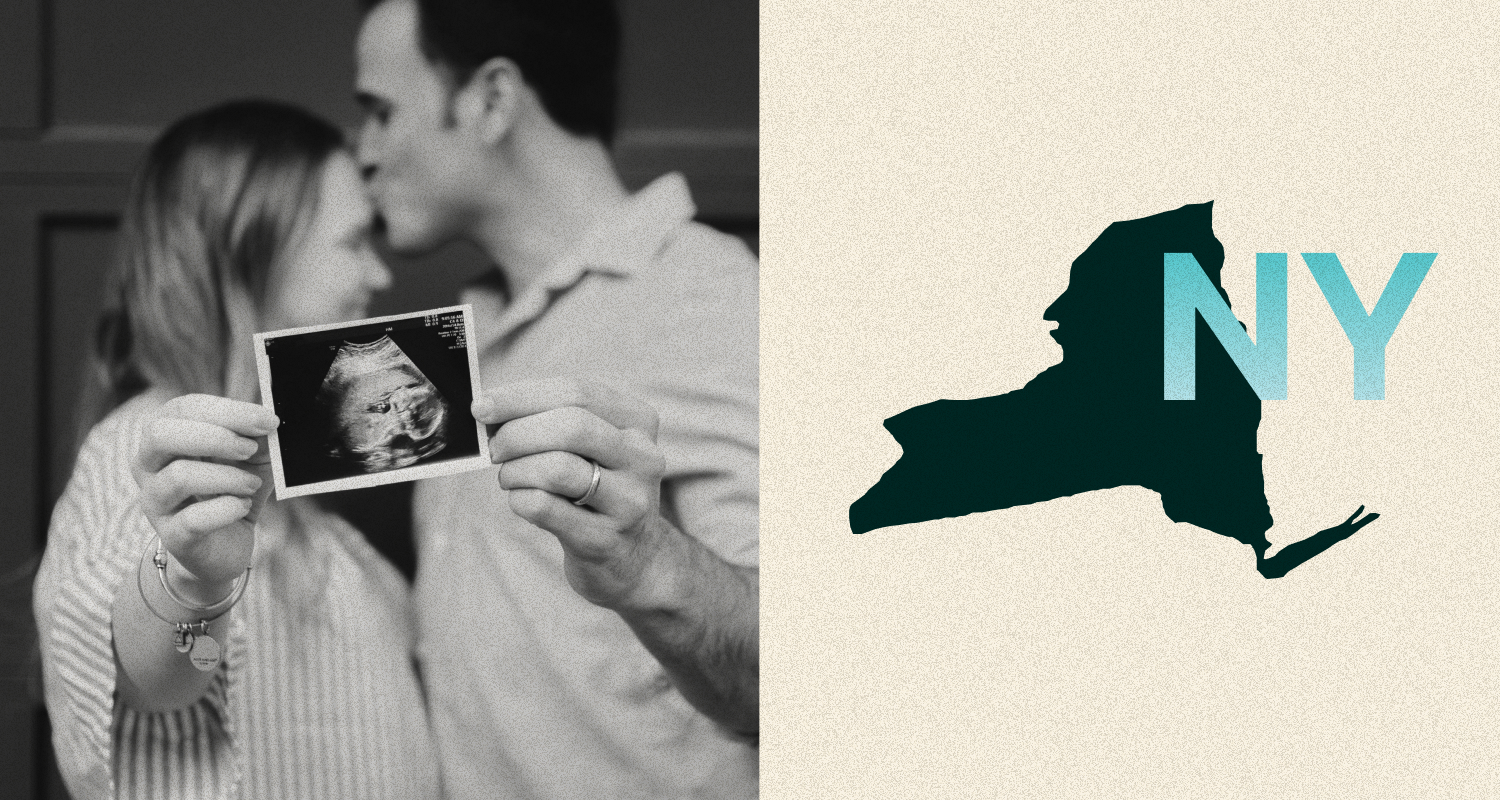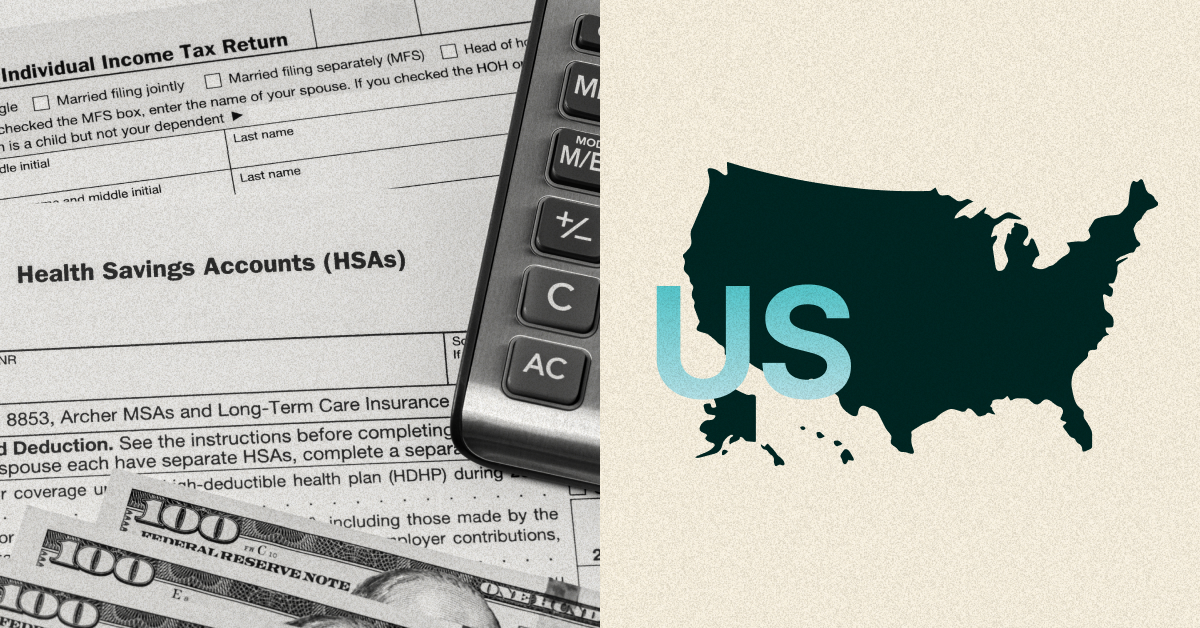On July 22, 2021, the Oregon Bureau of Labor and Industries (BOLI) released a temporary administrative order that immediately broadens the qualifying reasons under the state’s existing sick and safe leave law during a public health emergency through January 17, 2022. BOLI amended its rules related to permissible uses of sick time to clearly identify that when a public official with the authority orders emergency evacuations or determines that air quality and heat index exposure jeopardize the health of an employee, the employee can use their accrued sick time.
Covered Employers
Covered employers include any person or entity that employs one or more employees working anywhere in the state of Oregon. Employers with 10 or more employees (6 or more if they have a location in Portland), must provide paid sick time; otherwise, sick time is still protected, but not required to be paid.
Qualifying Reasons
There are a number of qualifying reasons under Oregon’s existing sick and safe leave law, including but not limited to: an employee or family member’s illness, injury, or health condition and absences connected to domestic violence, harassment, sexual assault, or stalking. Under the existing law, employees can also use leave during a public health emergency for the following reasons:
- Closure of the employee’s place of business, or the school or place of care of the employee’s child, or by order of a public official due to a public health emergency;
- A determination by a lawful public health authority or by a health care provider that the presence of the employee or the family member of the employee in the community would jeopardize the health of others, such that the employee must provide self-care or care for their family member;
- The exclusion of the employee from the workplace under any law or rule that requires the employer to exclude the employee from the workplace for health reasons;
The following two additional qualifying reasons have been added through January 17, 2022 and are considered “leave taken during a public health emergency”:
- An emergency evacuation order of level 2 or level 3 issued by a public official with the authority to do so, if the affected area subject to the order includes either the location of the employer’s place of business or the employee’s home address;
- A determination by a public official with the authority to do so that the air quality index or heat index are at a level where continued exposure to such levels would jeopardize the health of the employee.
Employer Considerations
Given the rule’s effective date, Oregon’s employers are encouraged to consider taking the following actions as soon as possible:
- Review any existing sick leave policies and determine whether adoption of revisions may be necessary to meet these temporary requirements;
- Given the increased complexity of overlapping state, local and federal COVID-19 paid sick leave requirements, employers should continue to monitor developments and consult with employment counsel to update employer policies, as necessary.
Additional Resources
- BOLI Temporary Rule
- Oregon’s Sick and Safe Leave Law
- Employer Frequently Asked Questions
- Sequoia Foreword: Oregon Updates Child Sick Leave for COVID-19 Under the Family Leave Act
Disclaimer: This content is intended for informational purposes only and should not be construed as legal, medical or tax advice. It provides general information and is not intended to encompass all compliance and legal obligations that may be applicable. This information and any questions as to your specific circumstances should be reviewed with your respective legal counsel and/or tax advisor as we do not provide legal or tax advice. Please note that this information may be subject to change based on legislative changes. © 2021 Sequoia Benefits & Insurance Services, LLC. All Rights Reserved




